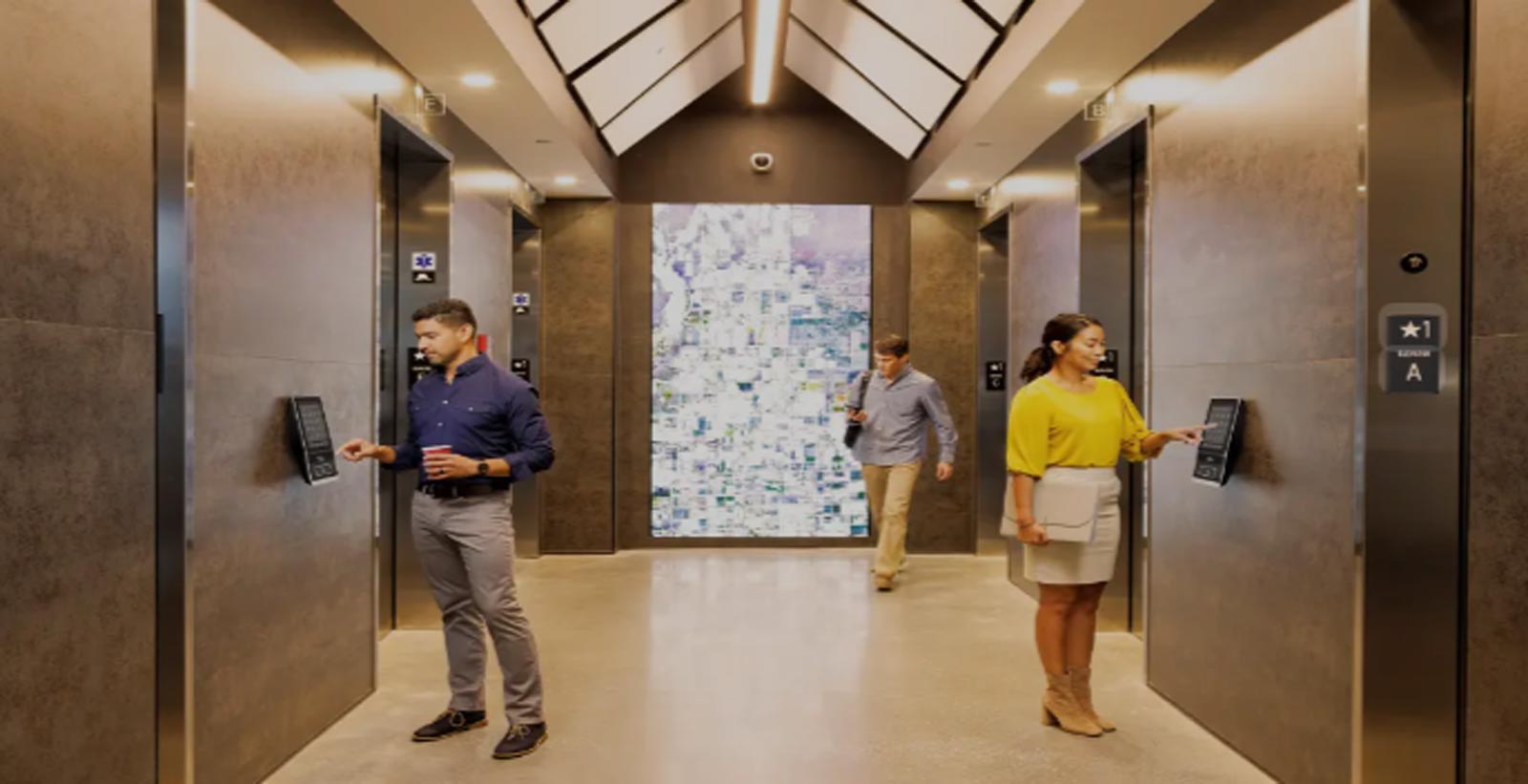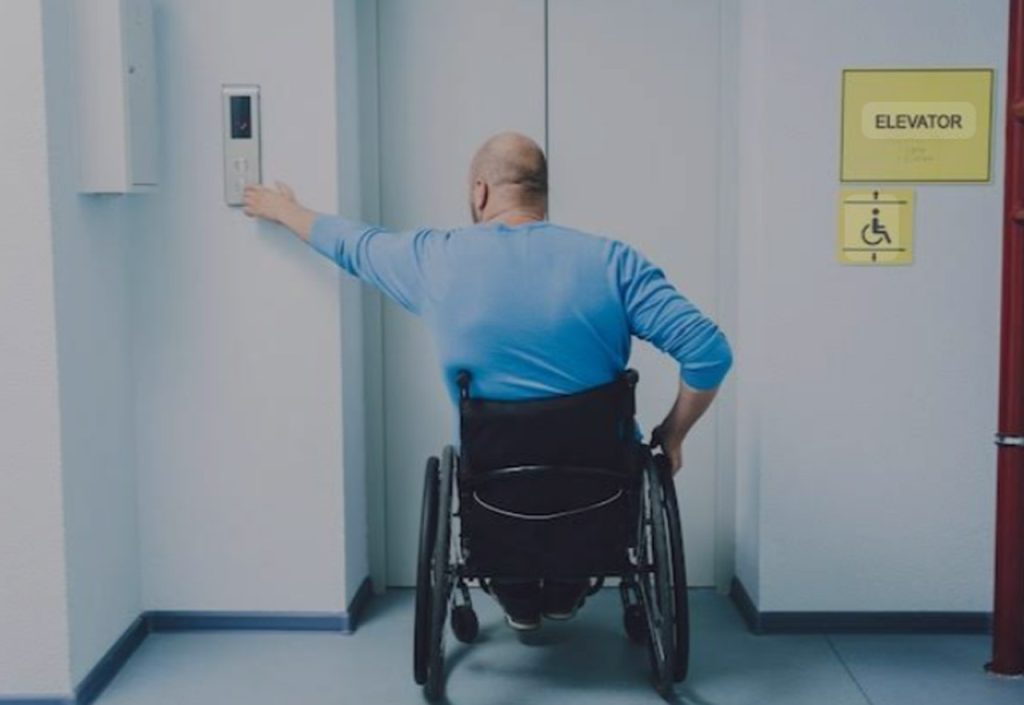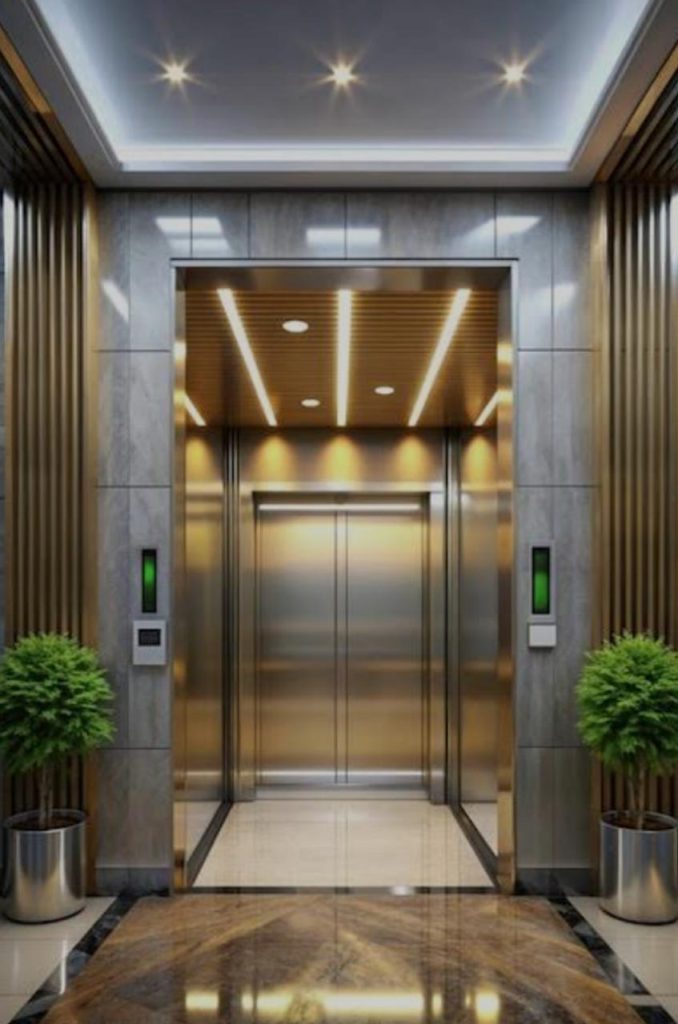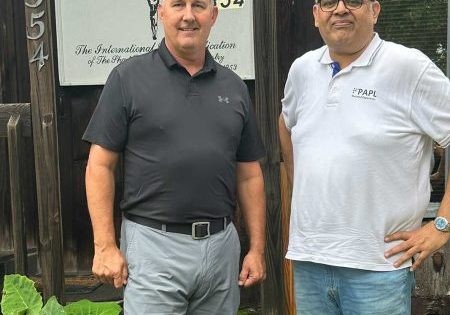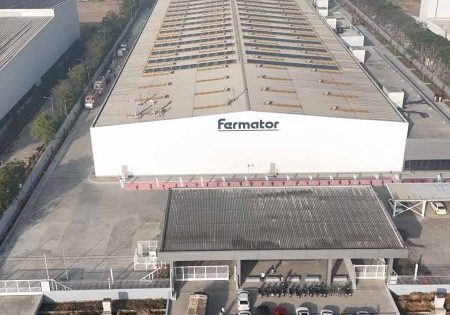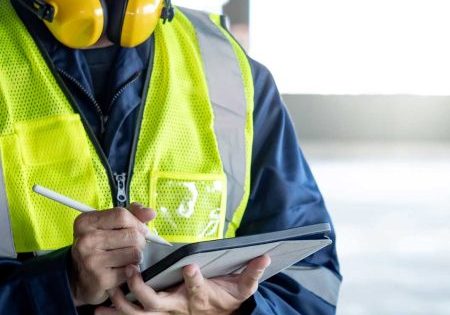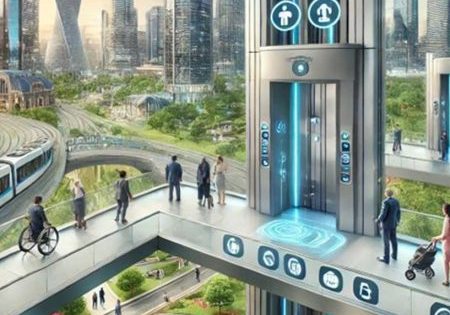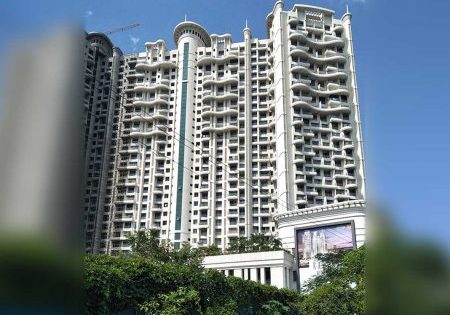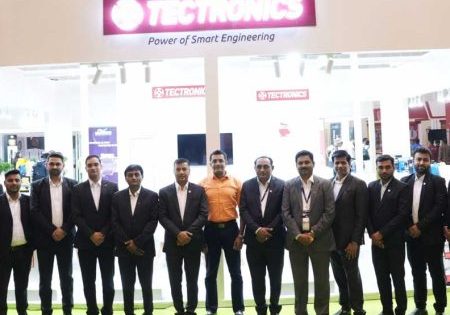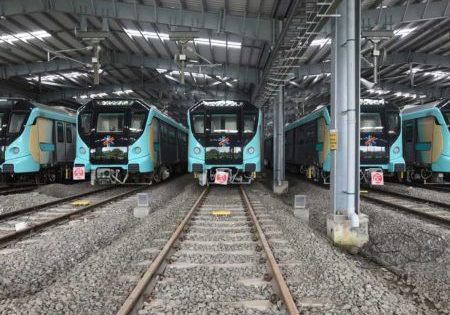A new challenge for the industry
Catering to various types of users and meeting their requirements is a new challenge facing elevator suppliers. Users expect more travel comfort, easy access, safe and reliable operations, better surrounding environment, additional facilities like music, entertaining or informative display systems, remote monitoring and personalized services.
The increased expectations provide an opportunity for the elevator industry to come up with new ideas and facilities. This will certainly increase their business and help with increased profitability.
Let us first understand the needs and special requirements of some special users.
A — Senior Citizen Expectations
The increased life cycle of human beings has added to the number of senior citizens and the need for better movement facilities for them. For the industry, it is an opportunity to cater to the needs of such requirements. This can increase your business and, ultimately, your profit.
There is a high-rise building in Worli Mumbai with exclusive duplex flats with hydraulic elevators for each flat in the building. Certainly, it is a better means for occupants to move inside their duplex premises, especially senior citizens.
Additional features for senior citizens:
- Handles provide safe and comfortable travel. It provides support for standing, creating a safer feeling during any jerks or sudden stops.
- Non-skid flooring for proper and balanced movement
- Wheelchair movement: enough space or size in the cabin and door opening width for easy movement of the wheelchair.
- Easy recognition of buttons and indication: The display units must provide enough glow so they are well recognized by seniors who may have vision issues. The designations on the buttons must be in big and bold letters for easy recognition.
B — Divyang/Handicap Expectations
In addition to the requirements of senior citizens, handicapped persons need:
- Low-level call buttons in the cabin and floor
- Braille buttons for easy recognition of floor numbers or designation
- Handrails inside the cabin for safety
- An announcement system for floor arrival and door open/close warnings. Voice announcements in lifts are another invention that helps those with visual or cognitive disabilities understand the ride, even in situations where language challenges exist.
Elevator accessibility empowers individuals with disabilities to move independently and with dignity.
C — Children’s Expectations
As such, it is recommended that kids must be accompanied by some senior passenger during travel. In daily life, that is not practical all the time. Considering this, we must have proper travel safety provisions inside the cabin, which include:
- Low-level COP and LOP for the convenience of kids
- Anti-skid flooring for proper floor grip during movement
- Handrails
- An announcement system
D — Personalized Expectations
- Comfortable space
- Silent or personalized music
- Personalized aroma
- Smartphone operations: Users can call and control elevators via their smartphones, minimizing physical contact with buttons.
- Access control system (ACS): Elevator ACSs use hardware and software to regulate who can access elevators and which floors they can access. Remote control capabilities can also help with security, monitoring and management.
To make the inclusive use of the elevator better, we need to consider the following important aspects during elevator design:
- For a stretcher elevator, one must think of stretcher size, additional requirements of oxygen cylinder position, glucose or blood bottle hanging arrangement and floor leveling.
- For wheelchair use, we need to think of actual dimensions of wheelchairs, sufficient space for attendants, handrail position and call button position.
- Accessible lifts with ramps or wider doors make it easy for people with limited mobility to ascend vertically.
In addition to common building elevators, special facility elevators add to the value and increase profitability. The need for specific elevators providing inclusive uses is increasing day by day.
Safety increases reliability and user confidence. Elevators are provided with proper locking and interlocking systems and required safeties. There is no chance of any accident unless and until any safety provision is not properly addressed.
Studies reveal that most accidents are the result of human negligence, a careless approach, wrong rescue procedure or noncompliance with safety norms and guidelines. Particularly, in the case of elevators being maintained by freelancers or small unorganized service providers, the possibilities of accidents are greater. We need to consider whether saving some money in terms of service contact savings is worth risking unexpected expenses related to passenger life and equipment.
There is not much that can be done to improve safety other than increasing safety awareness among users. Having CCTV inside the elevator and monitoring elevator movement can be the best solution to provide immediate help or support during emergencies or mishaps.
The message to the industry is loud and clear: “Safety, easy access and inclusive uses are the keys to your elevator business.”
Get more of Elevator World. Sign up for our free e-newsletter.
